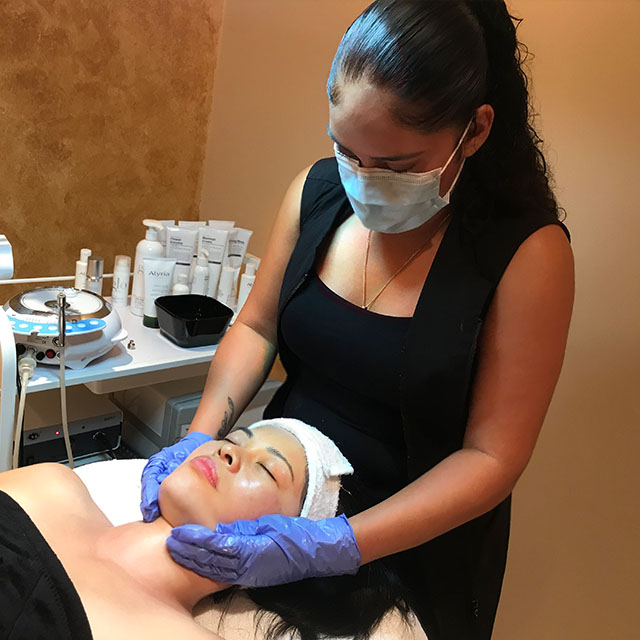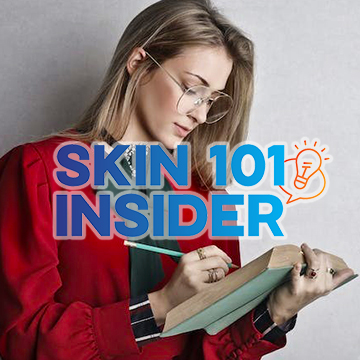Varicose Veins
Varicose veins are distended twisted ropy veins, most often found on legs. The word “varicose” originated from a Latin root “varix” for twisted. They are veins belonging to the superficial venous network that no longer function properly due to failure of their internal valves. Thus, the blood flow in these veins are much slower than normal, resulting in stagnation and back-pressure, causing problems in surrounding tissues. Varicose veins are not necessarily painful but they may cause problems such as leg heaviness, pain, cramps, swelling, skin discoloration with or without itching, and skin ulcers.
Getting to know various kinds of veins
Unwanted blood vessels can vary from small dilated capillaries causing redness of ones face or nose, to telangiectatic vessels and spider veins causing red or blue streaks on face, legs, and body, to ulcer-causing large trunks of ropy-appearing varicose veins on one’s legs.
The difference between varicose and spider veins are size and appearance. Imagine your venous system as a tree, where varicose veins would be a major branch, and spider veins would be the leaves.
Spider Veins (as known as telangiectasias) are like varicose veins but smaller. They also are closer to the surface of the skin than varicose veins. Often, they are red or blue. They can look like tree branches or spiderwebs with their short, jagged lines. They can be found on the legs and face and can cover either a very small or very large area of skin. Reticular Veins are medium-sized veins larger than spider veins and often appear flatter and less twisted. When such reticular veins are connected and supply the spider veins, they are called “feeder veins”. Prominent reticular veins are often a cosmetic problem and can even cause symptoms such as aching or burning
Varicose veins are distended twisted ropy veins, most often found on legs. The word “varicose” originated from a Latin root “varix” for twisted. They are veins belonging to the superficial venous network that no longer function properly due to failure of their internal valves. Thus, the blood flow in these veins are much slower than normal, resulting in stagnation and back-pressure, causing problems in surrounding tissues. Although varicose veins are not necessarily painful, they may cause problems such as leg heaviness, pain, cramps, swelling, skin discoloration with or without itching, and skin ulcers.
What Can Be Done To Treat Varicose Veins
Different procedures to remove unwanted vessels and improve spider & varicose veins are available at Medical Spa Club’s Vein Clinic:
- Broadband Laser (BBL) and vascular laser (Nd:YAG) procedures treat smaller unwanted blood vessels on the face
- Medium to large sized vessels, reticular and spider veins are often treated with injection sclerotherapy. This involves injecting a sclerosing solution or foam into the affected vein, usually followed by compression with a compressive stocking, causing the treated vessels to collapse and to scar-up, becoming invisible.
Visit our Vein Clinic for more information.




